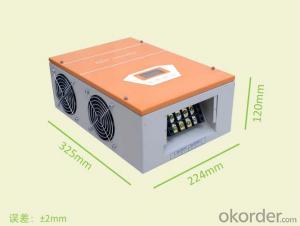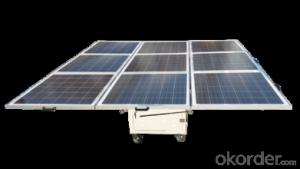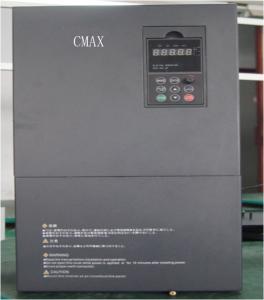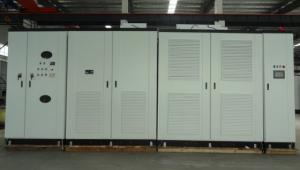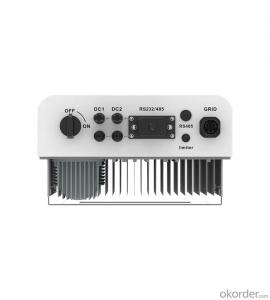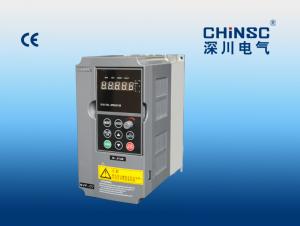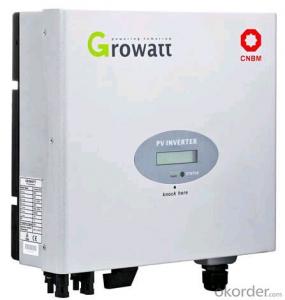3kva Mppt Solar Inverter
3kva Mppt Solar Inverter Related Searches
Mppt Solar Inverter 3kva 3 Mppt Solar Inverter 3kva Solar Inverter Solar Inverter 3kva 3kv Solar Inverter 3kw Solar Inverter 2kva Mppt Solar Inverter Mppt Solar Inverter 3kw Inverter Solar 5kva Mppt Solar Inverter Mpp Solar Inverter 3kva 2400w 3kva Hybrid Solar Inverter Mppt Solar Power Inverter 2kw Mppt Solar Inverter Mppt Inverter Solar 5kw Mppt Solar Inverter 3 Kva Solar Inverter 1kw Mppt Solar Inverter 3kw Solar Hybrid Inverter 3kw Hybrid Solar Inverter 3 Kilowatt Solar Inverter 12v Mppt Solar Inverter Solar 3 Phase Inverter 3 Phase Solar Power Inverter 3 Phase Inverter Solar Mppt Solar Pump Inverter 3 Phase Solar Inverter Mppt Solar Hybrid Inverter 3k Solar Inverter Mppt Hybrid Solar Inverter3kva Mppt Solar Inverter Supplier & Manufacturer from China
The 3kva Mppt Solar Inverter is a high-performance solar power conversion device designed to maximize energy output from solar panels. It features advanced Maximum Power Point Tracking (MPPT) technology, which ensures that the inverter operates at the optimal power point of the solar array, thereby increasing overall efficiency. This product is equipped with various safety features and is built to withstand harsh environmental conditions, making it a reliable choice for various solar power applications.The 3kva Mppt Solar Inverter is widely used in residential, commercial, and industrial settings where solar energy is harnessed to power electrical systems. It is particularly useful in off-grid systems, where it can store excess solar energy in batteries for later use, and in grid-tied systems, where it can feed excess power back into the grid. This versatile inverter is also suitable for backup power systems, ensuring a continuous power supply during grid outages or power fluctuations.
Okorder.com is a leading wholesale supplier of the 3kva Mppt Solar Inverter, offering a vast inventory of this product to cater to the needs of various customers. With a strong commitment to quality and customer satisfaction, Okorder.com ensures that each 3kva Mppt Solar Inverter is thoroughly tested and meets the highest industry standards before being shipped to clients worldwide.
Hot Products

